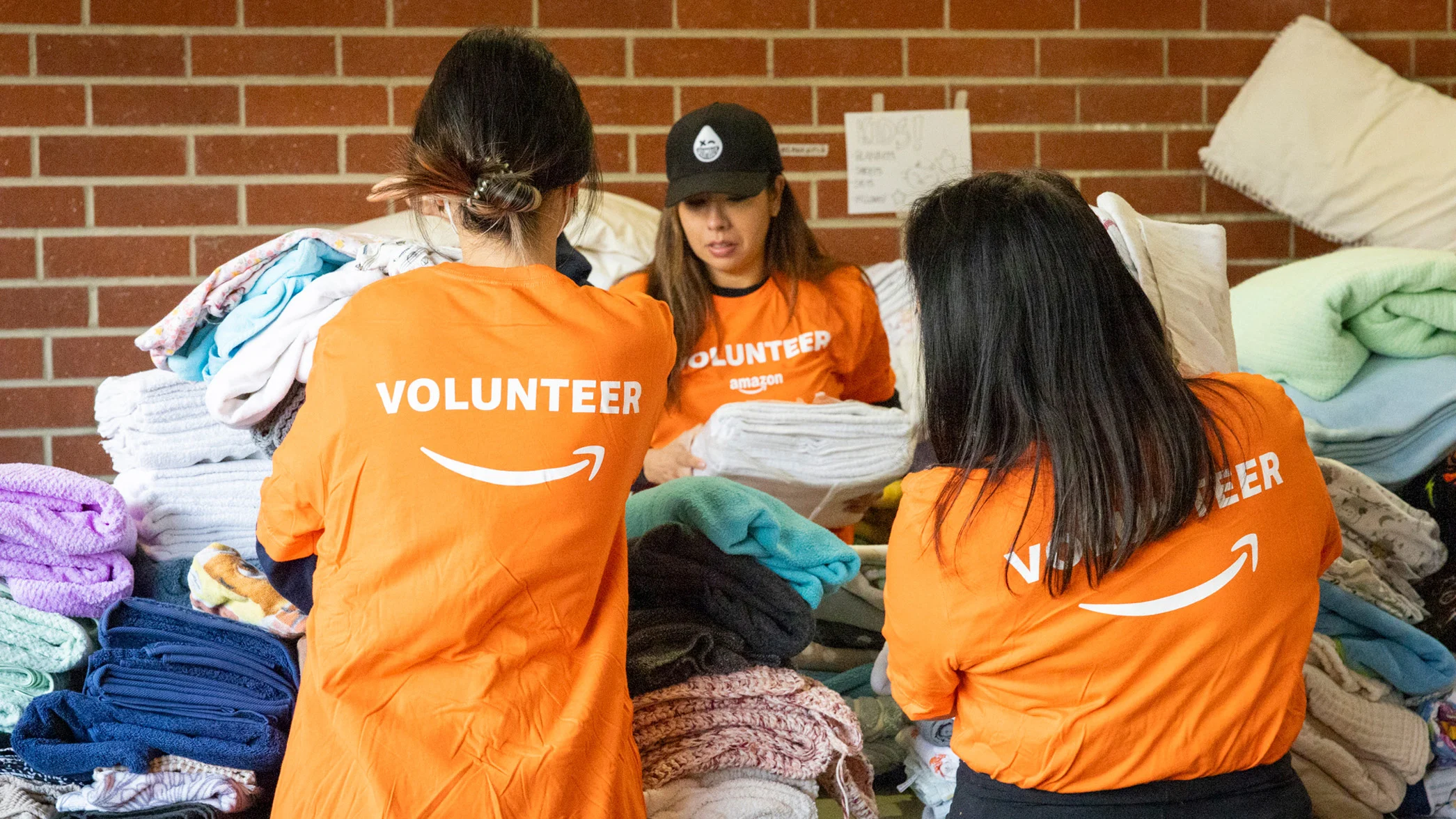
""As soon as the hurricane formed, we had eyes on it," says Abe Diaz, principal technical product manager for Amazon's disaster relief team. "We've been tracking this for multiple days." Inside an Amazon fulfillment center near Atlanta, pallets are stacked with disaster relief supplies, from medical supplies to solar-powered lights. It's one of 15 massive " disaster relief hubs " that the company has stationed inside warehouses around the world."
""Damage assessments are still underway at both of the airports and then they're going to be prioritizing life-saving, rescue and response teams for access first," says Jeff Schweitzer, who leads Amazon's global disaster relief operations. If all went as planned, though, the power systems would also be on a flight, ready to support first responders and "provide augmented power in areas that just simply won't have power for weeks to come," he says."
Amazon monitored Hurricane Melissa from formation and tracked it for multiple days to prepare relief logistics. The company maintains 15 disaster relief hubs inside warehouses globally stocked with medical supplies, solar-powered lights, tarps, diapers and portable power systems. Jamaica experienced flooding and 185-mile-per-hour winds that destroyed homes and infrastructure, prompting prioritized shipments to partners. Cargo-plane shipments of power systems were planned to support first responders and provide temporary electricity where outages could last weeks. Shipments occur only after nonprofits or agencies on the ground assess needs and place orders, and pallets are color-coded to help partners identify supplies quickly.
Read at Fast Company
Unable to calculate read time
Collection
[
|
...
]